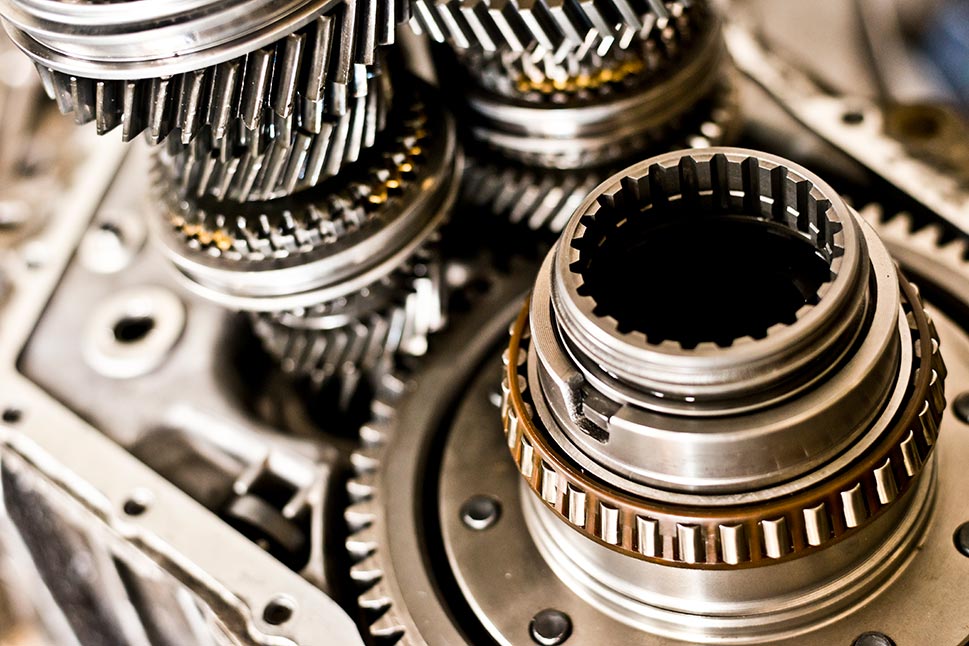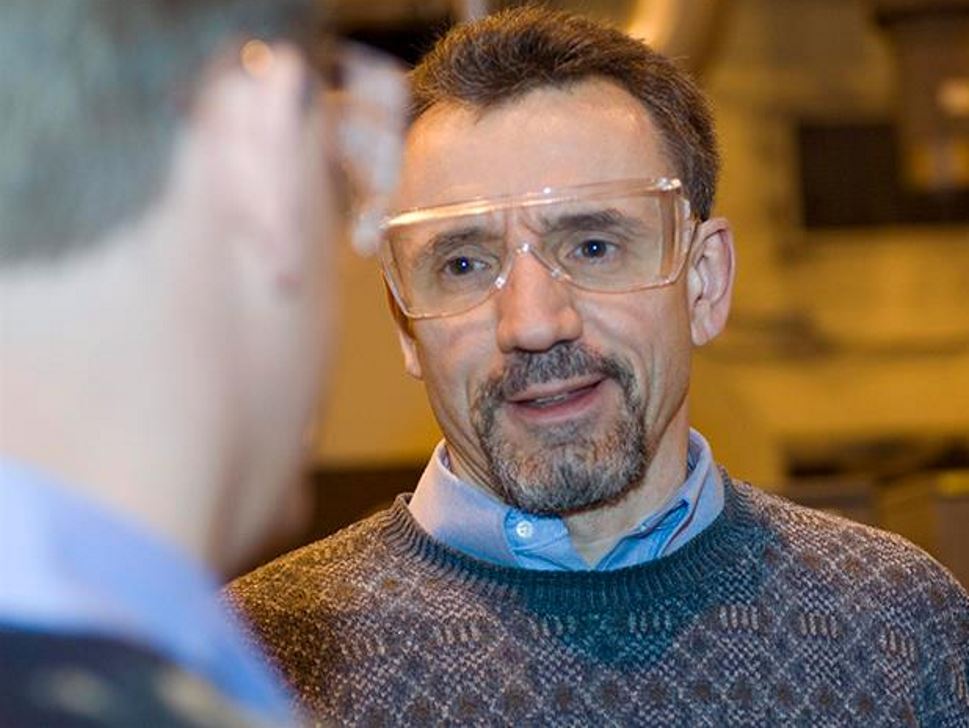Air Products Heat Treatment Process

Industrial Gases from a Global Leader
- Global leading manufacturer of nitrogen, oxygen, and argon
- World leading producer and supplier of helium and hydrogen
- Reliable supply of industrial gases
- Excellent record of meeting on-time needs
- Industry leader in safety
- Technical support when you need it
- World-class customer service
Get in touch with our technical experts.
Put Air Products' decades of experience with industrial gases, production, applications, equipment and supply to work for you.
Ask the Expert

Don Bowe
Applications Engineer
Gases
Argon
Compressed argon gas and liquid argon in a variety of purities and in various modes of supply around the world thanks to our network of storage and transfill facilities.
Helium
An inert gas for cryogenic, heat transfer, shielding, leak detection, analytical and lifting applications
Nitrogen
Useful as a gas, for its inert properties, and as a liquid for cooling and freezing. Virtually any industry can benefit from its unique properties to improve yields, optimize performance and make operations safer.

Industrial Gas Audits and Leak Detection Services
TELALERT® telemetry system
TELALERT® telemetry remote monitoring system provides timely and accurate inventory data to our logistics center to help forecast deliveries.
